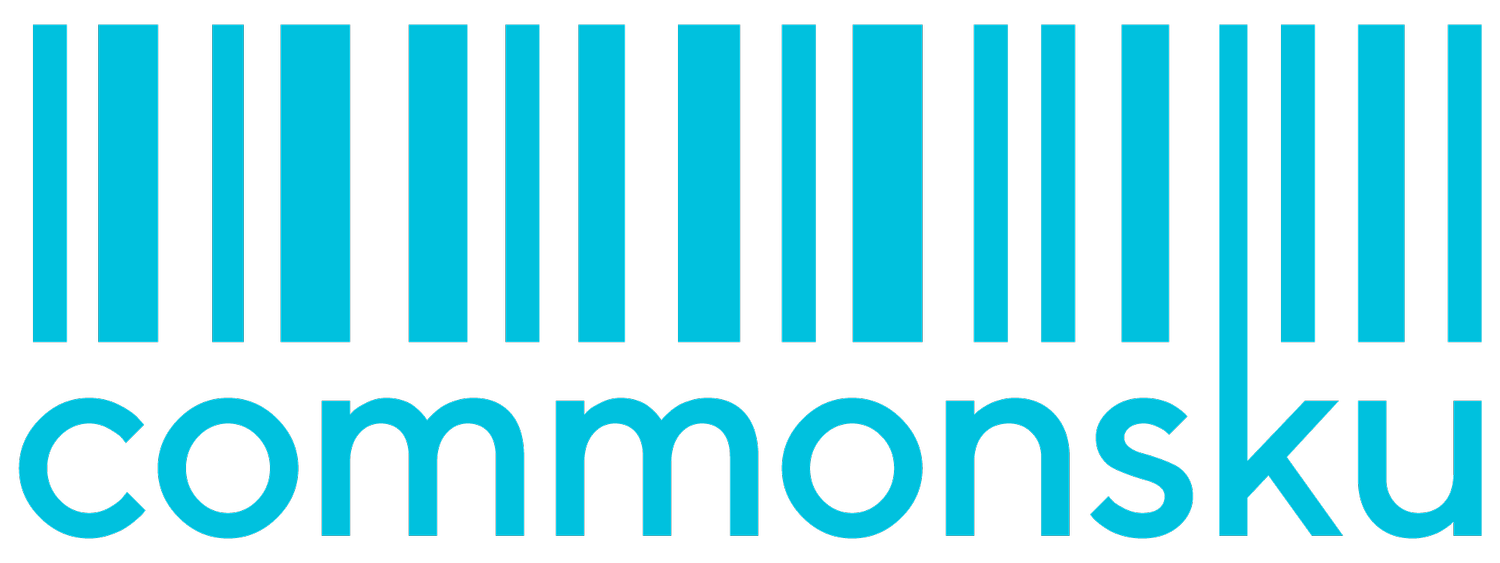3 simple ways to improve cash
We work in a tough business when it comes to cash flow. The overall cycle can put you out of business or drive you to give up a significant part of your profit to have someone else deal with it for you.
Let’s use an apparel order for a quick recap on why this business can be a cash killer. Your client places a nice order for t-shirts. You send your purchase order off to your blank goods supplier who are super efficient and ship the t-shirts the next day to your screen printer. The boxes sit with the screen printer for a week or so, but in the meantime, the t-shirt supplier has already sent you a bill you need to pay. The t-shirts get printed and take a few days to get to your client. You take a week to invoice the client. They take 2 months to pay you and you’ve had to pay your vendors long ago. Total time to getting paid from when the order was placed = almost 3 months. Ouch.
It doesn’t have to be this painful and solving the problem is easier than you think.
Negotiate Terms With Your Vendors
If you’ve established a track record with your vendors, many of them will extend terms, you just need to ask. In the best of situations, you get to net 30 or even net 60, but at a minimum, negotiate due on receipt rather than having to pre-pay everything before the goods ship out the door. If you are also able to pay on credit card, you’ve bought yourself another 30 days. Talk to your bank to make sure the limit on your credit card is high enough, or negotiate a line of credit for working capital.
If you have been successful with negotiating terms, pay on time. This opens up the door for other options down the road such as better pricing, rebates, marketing dollars, etc.
Invoice Faster
I spend a lot of time talking process with a wide variety of sizes of businesses. One thing that never ceases to amaze me is how long it takes companies to invoice an order. The common theme seems to be that they want to receive all the bills from the vendors and compare everything to the purchase orders before they invoice the customer. My response to this is always, what are you going to do with that information? If your sales person got the pricing wrong on the job or forgot a set-up charge, are you going to charge the customer a different price than you committed to?
A best practice is to invoice an order within 24-48 hours of it shipping out the door. When you are confirming shipment with the vendor, get the shipping costs and any overrun/underrun information right then. Get that invoice out and start the clock ticking on when payment is due.
Get Paid Faster
The easiest way to shorten your cash cycle is to get paid faster. For clients you don’t have a relationship with, have them pre-pay the order before it goes into production. Credit card payment can be another way to accelerate payment rather than waiting for a cheque to be mailed. Many companies say the fees are too high, but you have to look at the opportunity cost of chasing down that payment and the lost cash in the interim. If you can make it super easy for your client to pay by credit card and indicate that option is only available to them if they pay right away, cash in the bank is huge.
Lastly, if you’re doing larger orders, ask for a 50% deposit. Vendors are often asking the same of you, so make sure you match up the cash requirements by asking the same of the client.
Healthy cash flow is key in this business, making time to implement these solutions will pay for itself many times over.
Want to invoice and get paid faster? commonsku’s business management software can efficiently take you from order to invoice, and everything in between. Try a free trial of commonsku now.


